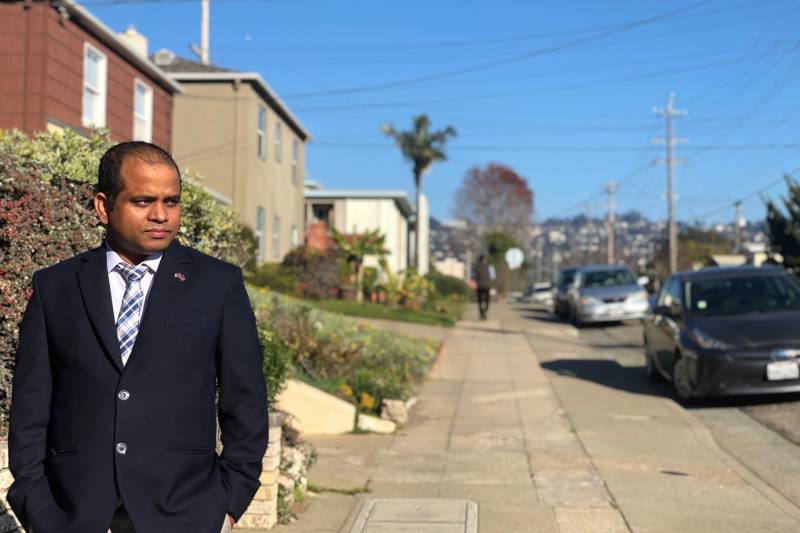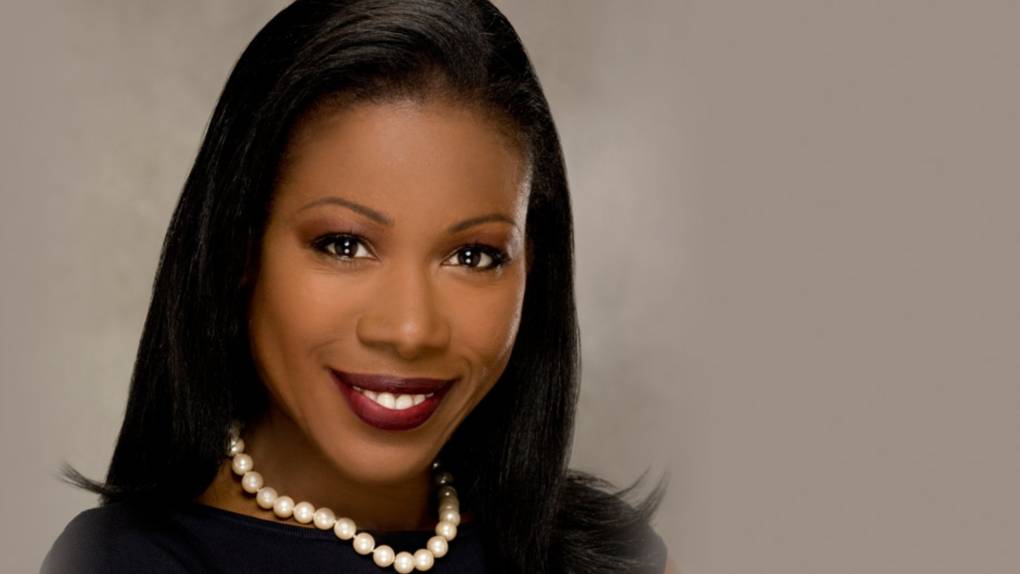Students and alumni across the California State University system are responding to the change that went into effect on Jan. 1, to add caste protections to its nondiscrimination policy, affecting students, staff and faculty at all 23 campuses of the nation’s largest university system.
The updated policy is intended to protect caste-oppressed students, many of whom are of South Asian descent and may be subject to this rigid form of social stratification by other students, faculty or staff. The caste system has roots in the Hindu religion, and though it is officially outlawed in many countries, discrimination still persists.
For some current and former students who have suffered caste discrimination firsthand, these new protections provide an element of accountability.
“Society needs to understand the gravity of caste discrimination,” said Prem Pariyar, who received his master’s degree in social work from California State University East Bay in 2021, has been a leader in the fight for caste protections in the CSU system. “People are being killed. People are being raped in the name of caste.”



